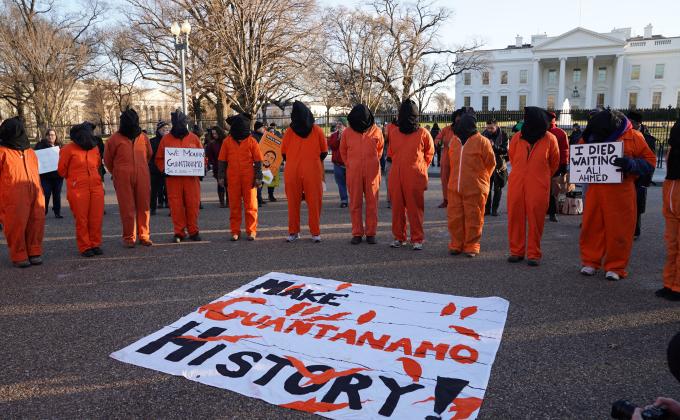Norway’s number one terrorist, Anders Behring Breivik, won his court case against the Norwegian government. The court ruled that by keeping him in isolation in prison, Norway violated his human rights. The main reaction to the verdict was surprise and anger, both among victims and within of Norwegian society. Eskil Pederson, one of the survivors said: "I was surprised, and then angry and upset. To be honest, it was like being punched in the gut that the perpetrator won such a public victory."
A mass murderer winning a human rights case seems to invite polarised reactions, either people argue that this is a ridiculous lawsuit (and verdict) or they side with Breivik, arguing that it makes total sense. As always, truth lies somewhere in the middle.
Breivik has been detained in a three-cell complex for the past four years, so he has more personal space compared to other Norwegian prisoners. However this is simply because he is denied contact with other inmates and can only communicate with prison staff through glass (and this prison regime can only be upheld through providing him with three personal cells).
The question we need to ask is twofold: to what extent is Breivik’s claim legitimate? And second: what are Breivik’s underlying motives? Regarding the first question; Breivik has not been granted all of his wishes (for example the right to a private and family life, less stringent rules regarding his correspondence or alternatives to the microwaved prison meals). Where the Norwegian court ruled his rights have been violated, it pertains to inhumane and degrading treatment – and this ruling mainly refers to his solitary confinement.
So how bad it is really? Craig Haney, a US-based psychologists has studied the effects of solitary confinement and strict prison conditions over years. His conclusion is quite straight-forward: “There are few, if any, forms of imprisonment that appear to produce so much psychological trauma as isolation. There’s very little doubt in psychology that enforced isolation is psychologically harmful.” In 2011, the UN even called for an end to prolonged solitary confinement lasting more than 15 days (Breivik has not been out of solitary confinement since he was incarcerated in 2012).
According to Haney, some individuals experience immediate terror from being placed in isolation, while others slip into long-term depression and hopelessness over time. Judge Sekulic also noted that over a long period of time, Breivik had been woken up every half hour at night, has been subjected to unnecessary strip searches in jail without being in contact with other inmates – and on some occasions subjected to strip searches with female officers present, which he found particularly difficult.
It is easy to dismiss Breivik’s claims as being just the words of a frustrated terrorist. At the same time, Breivik’s actions fall in line with his earlier ‘spotlight’-seeking strategy. As we indicated in an earlier research into Breivik’s behaviour during his trial, he very carefully tries to convey an image of a warrior, an ideologist and he actively seeks a platform to display that image.
Following the routine he established in his trial, he again made a far-right salute on the opening day of the latest proceedings. He also compared himself to Nelson Mandela. In his first year in prison, he also filed a lawsuit complaining about the lack of a specific brand of facial cream; this time he complained about the quality of the microwaved meals provided, which he described as “worse than water-boarding”.
Altogether, we should not dismiss the complaints about inhumane treatment when it pertains to isolation (especially for such a prolonged period of time) but at the same time we need to realise that this is Breivik talking (and acting). And he is always looking to provoke and to capture our attention. So let’s stick to the facts and the criminal justice approach to this case, rather than wasting our time constructing a platform for Breivik’s ego.









